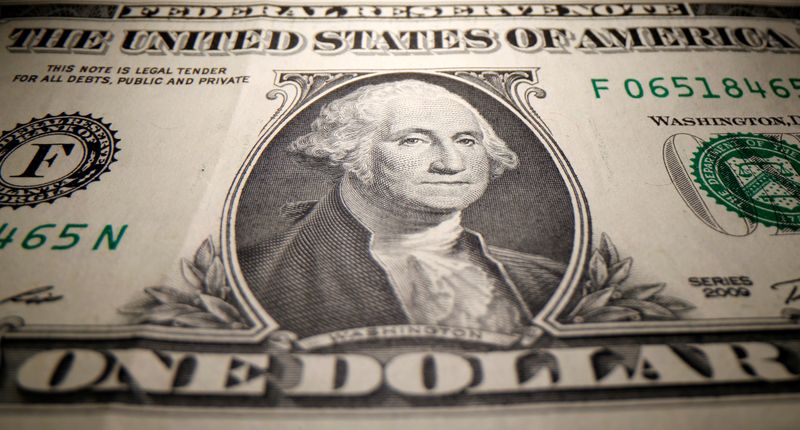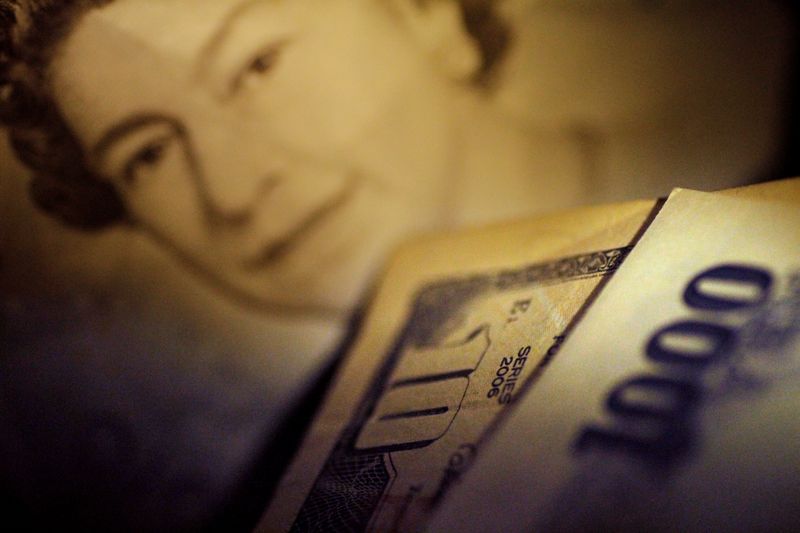NEW YORK (Reuters) – The dollar slipped on Tuesday, alternating between gains and losses, as markets digested less bearish comments from U.S. monetary officials along with a more dire prognosis from the country’s top medical expert on the spread of the novel coronavirus.
The dollar gained against the euro and the yen, but fell versus sterling, the Swiss franc, and commodity currencies such as the Australian, New Zealand and Canadian dollars.
Treasury Secretary Steven Mnuchin and Federal Reserve Chairman Jerome Powell, in testimony before the U.S. House of Representatives Financial Services Committee on Tuesday, suggested a willingness to do more for the U.S. economy as it battles the enormous fallout from the virus outbreak.
Mnuchin said he is working with the House and the Senate to pass more coronavirus relief by the end of July, while Powell said the Fed can lower the minimum loan threshold under the Main Street lending program in the future.
On the other hand, Dr. Anthony Fauci, the head of the National Institute of Allergy and Infectious Diseases, in remarks to a Senate committee on Tuesday warned of the risks of a surge in cases and said the country should not bank on the availability of a safe and effective COVID-19 vaccine.
In early afternoon trading, the dollar index slipped to 97.380. For the quarter and month, the dollar fell 1.6% and nearly 1.0%, respectively. It was the worst monthly performance for the dollar since December.
“The dollar is consolidating right now,” said Marc Chandler, chief market strategist, at Bannockburn Forex in New York.
“The upside on the dollar really began on June 10 and so I think we can see one more leg up in the dollar,” he said. “As we get into July, there is some uncertainty — today for example is the last day of the PPP (payroll protection program) and at the end of next month is the end of the unemployment claims, unless it gets extended.”
There are concerns as well on the resurgence in U.S. coronavirus cases.
The United States saw a 46% increase in new cases of COVID-19 in the week ended June 28 compared with the previous seven days, with 21 states reporting positive test rates above the level that the World Health Organization has flagged as concerning.
In other currencies, the dollar gained 0.3% versus the yen, to 107.93 yen <JPY=EBS>.
The euro inched lower against the dollar to $1.1234. It was earlier pressured by data showing underlying price pressures dropped again in the euro zone.
Over the quarter, the euro staged a 1.6% comeback after falling by a similar margin during the first three months of the year. For the month of June, the euro was up 0.9%.
Traders said there remains a barrier of $1.1200 for the euro on the downside.
Sterling reversed losses against the dollar to trade up 0.2% at $1.2328 <GBP=D3>. The pound fell earlier after data showed the economy shrank by 2.2% between January and March, its worst performance since 1979, as households slashed spending.
The Swiss franc <CHF=EBS> gained against the dollar. The greenback was last down 0.5% at 0.9467 franc <CHF=EBS>.
(Reporting by Gertrude Chavez-Dreyfuss; Editing by Andrea Ricci and Leslie Adler)





















